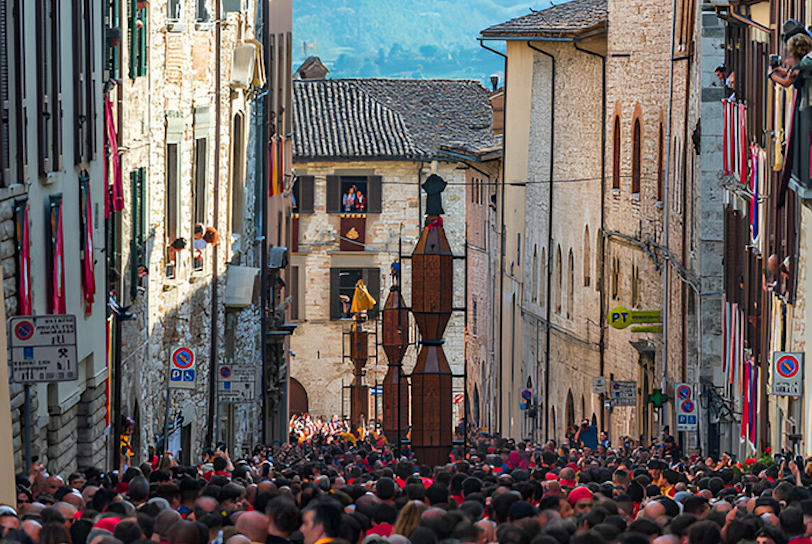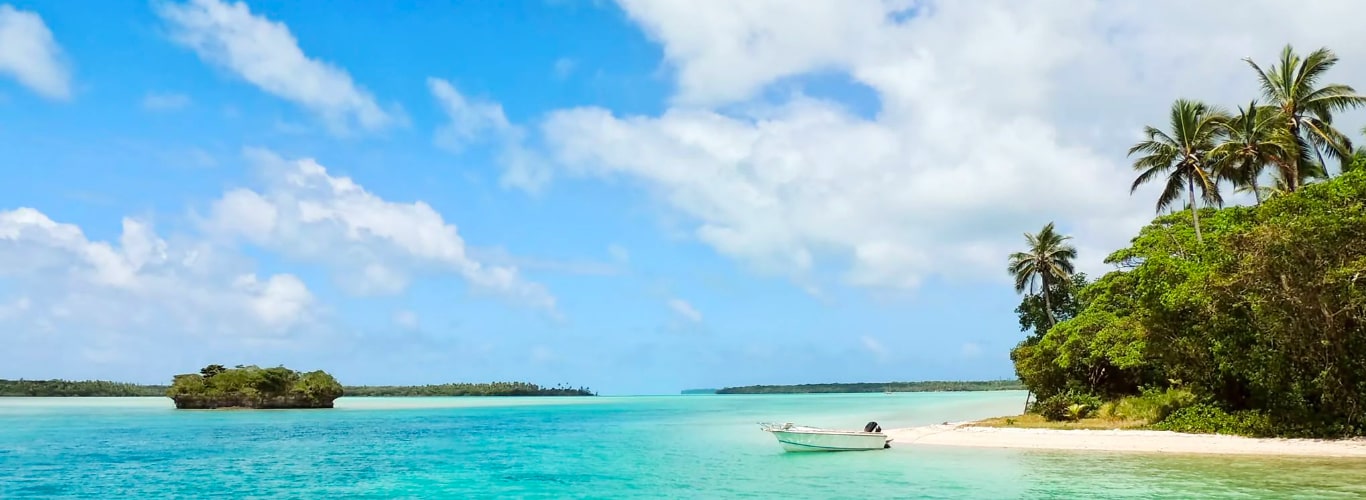
The Impacts of Overtourism: A Global and Domestic Perspective
Overtourism has become a significant challenge for popular destinations worldwide, impacting both international and domestic locations. Its consequences are multifaceted:
– Natural landscapes are degraded, wildlife is disturbed, and pollution levels increase.
– Local traditions and lifestyles are often diluted as the influx of tourists transforms communities into tourist-centric hubs.
– High living costs and overcrowding force residents to move away, turning vibrant neighbourhoods into hollowed-out tourist zones.
– Public services and infrastructure, such as transportation and healthcare, are overwhelmed, affecting both locals and tourists.
– Long queues and hiked prices detract from the enjoyment and authenticity of the travel experience.
International Impacts of Overtourism:
Overtourism has become a pressing issue in popular travel destinations worldwide, prompting various measures to mitigate its negative effects. Here are some examples of how different locations are addressing the challenges brought by excessive tourist influx:
1. Japan’s Gion District in Kyoto
To preserve the historical integrity and tranquillity of the Gion District, Japan has banned entry to certain streets. This measure aims to reduce the disruption caused by large crowds and ensure the district maintains its cultural charm and significance.
2. Mount Fuji and 7/11 View Block
In a bid to manage the overwhelming influx of tourists, Japan has restricted access to some popular viewpoints, including the iconic 7/11 view of Mount Fuji. These restrictions help protect the natural environment and reduce the strain on local facilities.
3. Bali’s Tourist Tax
Bali has introduced a tourist tax as part of broader measures to manage overtourism. The revenue generated is used to fund environmental conservation efforts and improve infrastructure, ensuring that tourism growth is sustainable.
4. Canary Islands Resident Protests
Residents of the Canary Islands have taken to the streets to protest against overtourism, which has led to inflated living costs and strained public services. The local community calls for more sustainable tourism practices to balance economic benefits with quality of life.
5. Venice’s Entry Fee for Day Trippers
To manage the flood of visitors, Venice has implemented an entry fee for day trippers. This fee helps fund the maintenance of the city’s fragile infrastructure and supports conservation efforts to protect its unique heritage.
6. Rome’s Spanish Steps and Trevi Fountain Restrictions
Rome has banned sitting on the iconic Spanish Steps to preserve their condition and prevent overcrowding. Additionally, there are discussions about limiting access to the Trevi Fountain to prevent damage and manage tourist flow.
7. Amsterdam’s Anti-Rowdy Tourist Campaign
Amsterdam has launched an advertising campaign targeting rowdy tourists from the UK, urging them to stay home if they plan on causing disturbances. This initiative aims to promote more respectful and sustainable tourism.
8. Machu Picchu’s Visitor Limits
To protect the ancient Inca city of Machu Picchu, Peru has imposed strict limits on the number of tourists allowed per day. This measure helps preserve the site and ensures a better experience for visitors.
Domestic Impacts of Overtourism:
1. Ooty and Kodaikanal Entry Requirements
In response to the growing pressure on infrastructure and the environment, Ooty and Kodaikanal in India have implemented entry requirements for tourists. These measures aim to control the number of visitors and mitigate the negative impacts of overtourism.
2. Goa’s Quality Over Quantity Approach
Goa’s government has controversially called for a focus on quality over quantity in tourism. This approach seeks to attract high-spending tourists who contribute more economically while reducing the environmental and social strain of mass tourism.
3. Himachal Pradesh Floods
The devastating floods in Himachal Pradesh highlighted the severe impact of over tourism on the region’s fragile ecosystem. The natural disaster underscored the need for more sustainable tourism practices to protect vulnerable areas from such calamities.
Sustainable Destinations to Consider:
To combat the negative impacts of overtourism, we encourage travellers to seek out lesser-known destinations via customised holiday packages that offer unique experiences without the overwhelming crowds. Here are some sustainable alternatives that deserve your attention:
1. Matera, Italy
A hidden gem in southern Italy, Matera is known for its ancient cave dwellings and historic architecture. It offers a rich cultural experience with far fewer visitors than Venice.
2. Choquequirao, Peru
Often referred to as the sister city of Machu Picchu, Choquequirao receives a fraction of the visitors. This remote archaeological site provides an equally mesmerising glimpse into Incan civilization with added tranquillity.
3. Naxos, Greece
As a less frequented island compared to Santorini, Naxos boasts beautiful beaches, traditional villages, and ancient ruins. It is an excellent choice for those seeking an authentic Greek experience.
4. Lofoten Islands, Norway
Known for their dramatic landscapes and outdoor activities, the Lofoten Islands offer breathtaking scenery without the heavy tourist presence found in other European destinations.
5. Vök Baths, Iceland
Located near Egilsstaðir, Vök Baths is a geothermal spa that provides a serene and less crowded alternative to the famous Blue Lagoon. Visitors can enjoy the natural hot springs while immersed in stunning Icelandic nature.
Other Noteworthy Alternatives:
1. Coast of Karnataka and Maharashtra
The pristine beaches along the coast of Karnataka, such as Gokarna and Karwar, offer serene and less crowded alternatives to the bustling shores of Goa. Similarly, the coastal gems of Maharashtra, like Tarkarli and Alibaug, provide peaceful retreats with beautiful scenery and rich cultural experiences.
2. Ajanta and Ellora Caves
Instead of the crowded Taj Mahal, explore the Ajanta and Ellora Caves in Maharashtra, which offer stunning rock-cut temples and ancient Buddhist, Hindu, and Jain monuments. These UNESCO World Heritage sites provide a fascinating glimpse into India’s rich history and architectural marvels without the overwhelming crowds.
3. Odisha
Bypassing the tourist-heavy destinations of Rajasthan, consider visiting Odisha, home to the magnificent Sun Temple at Konark and the tranquil beaches of Puri. This state offers a unique blend of ancient temples, vibrant festivals, and beautiful landscapes, making it a perfect destination for a peaceful yet enriching travel experience.
4. North Italy and North Spain
Escape the crowded streets of Rome and Barcelona by discovering the charm of Northern Italy, with its picturesque towns like Bergamo and Bologna. Similarly, Northern Spain offers hidden gems such as San Sebastián and the Basque Country, where you can enjoy beautiful landscapes, rich culture, and fewer tourists.
Romania, Slovakia, and Slovenia:
For a quieter European adventure, consider exploring Romania’s enchanting castles and scenic countryside. Slovakia and Slovenia also offer stunning landscapes, charming towns, and rich cultural heritage, providing a tranquil and authentic travel experience away from the usual tourist hotspots.
Encouraging Responsible Travel:
Promoting lesser-known destinations is crucial in mitigating the adverse effects of overtourism. At GoTravelab, we always encourage our travellers to adopt responsible practices—respecting local customs, minimising environmental impact, and supporting local economies. By making informed choices, together we can help preserve the integrity and allure of the world’s most cherished sites while discovering new, enchanting places.
While overtourism poses significant challenges to popular destinations, exploring and supporting alternative locations through customised holiday packages can lead to more sustainable and enriching travel experiences. By diversifying our travel choices, we can contribute to the preservation of cultural heritage and natural beauty for future generations.

